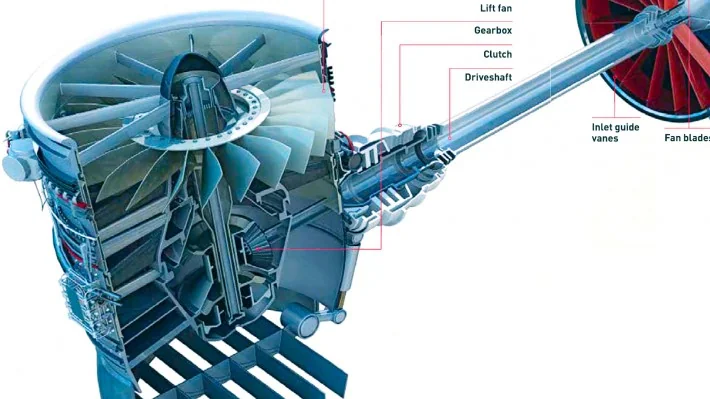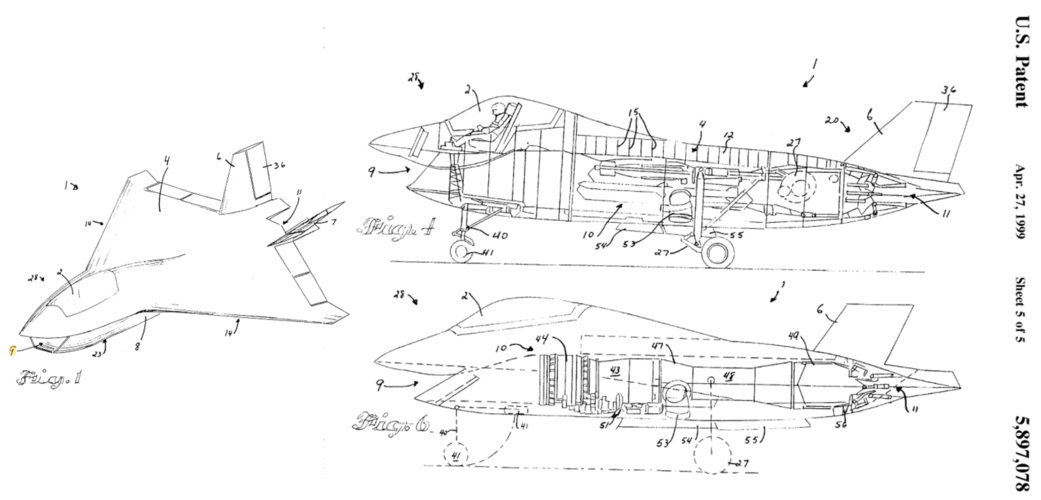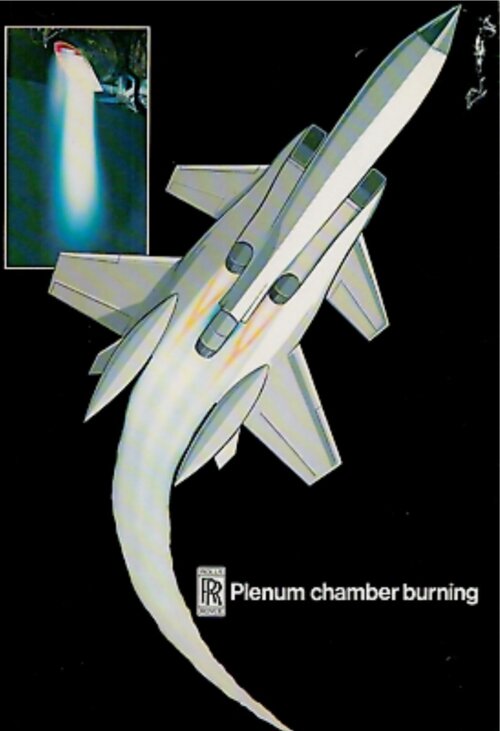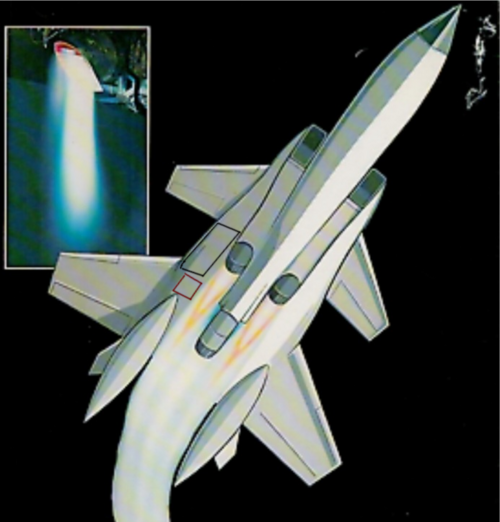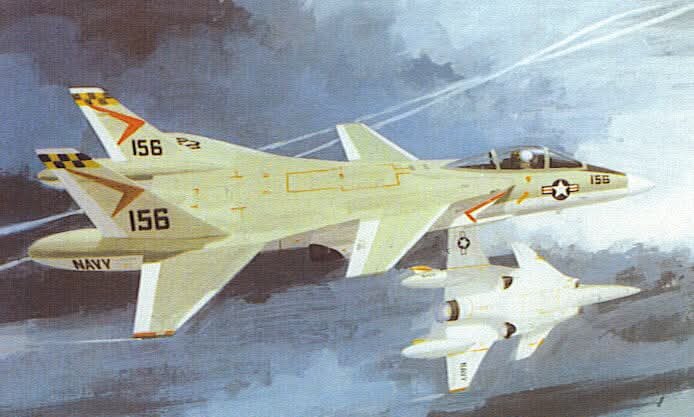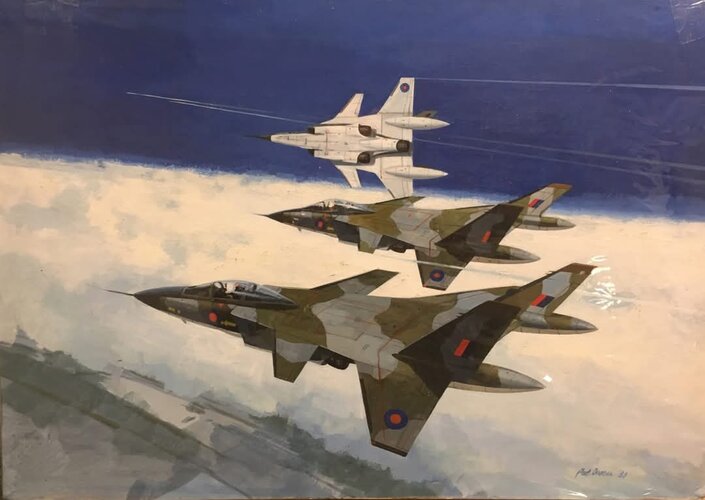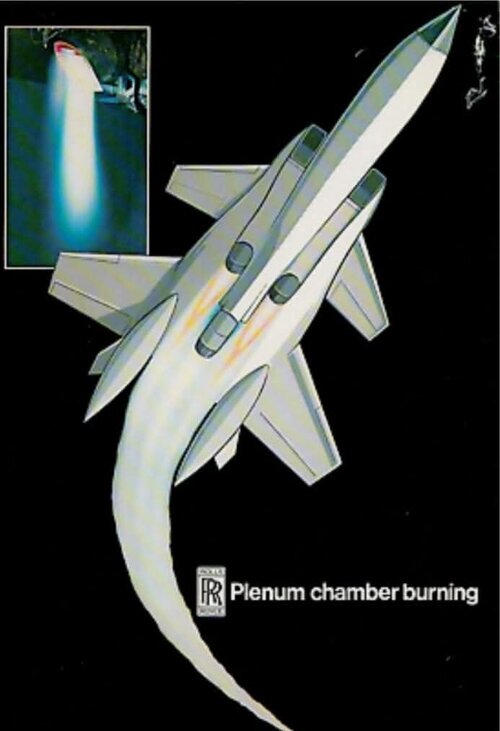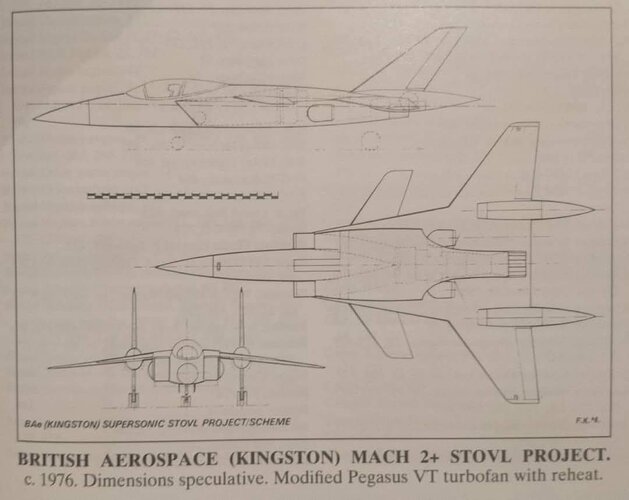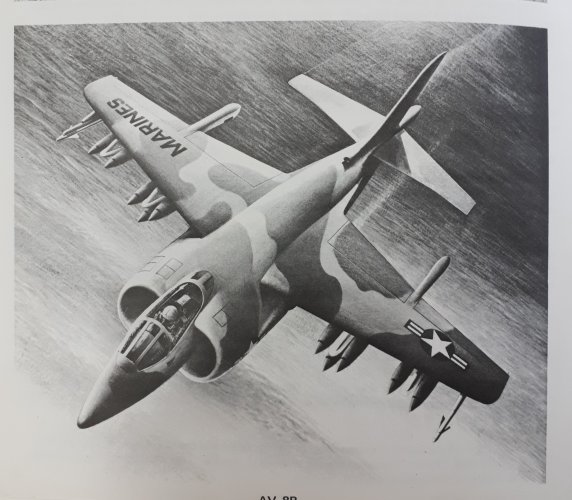I always felt P.1216 was the logical end of P.1154 developments.
PCB worked but would be brutal on the rear fuselage: all that heat and noise and vibrations. Instead of a rear fuselage sandwiched between two PCBs, the P.1216 design moved the rear fuselage out of harm way (twin booms) and cut the PCB from two to one : in the middle.
Two clever ideas, really.
...
A pity the P.1216 couldn't be rescued by ASTOVL, the timing was right: post Falklands SHAR triumph, 1983 and beyond. But that game was rigged by Lockheed and DARPA. As explained up thread...
PCB worked but would be brutal on the rear fuselage: all that heat and noise and vibrations. Instead of a rear fuselage sandwiched between two PCBs, the P.1216 design moved the rear fuselage out of harm way (twin booms) and cut the PCB from two to one : in the middle.
Two clever ideas, really.
...
A pity the P.1216 couldn't be rescued by ASTOVL, the timing was right: post Falklands SHAR triumph, 1983 and beyond. But that game was rigged by Lockheed and DARPA. As explained up thread...
Last edited:

